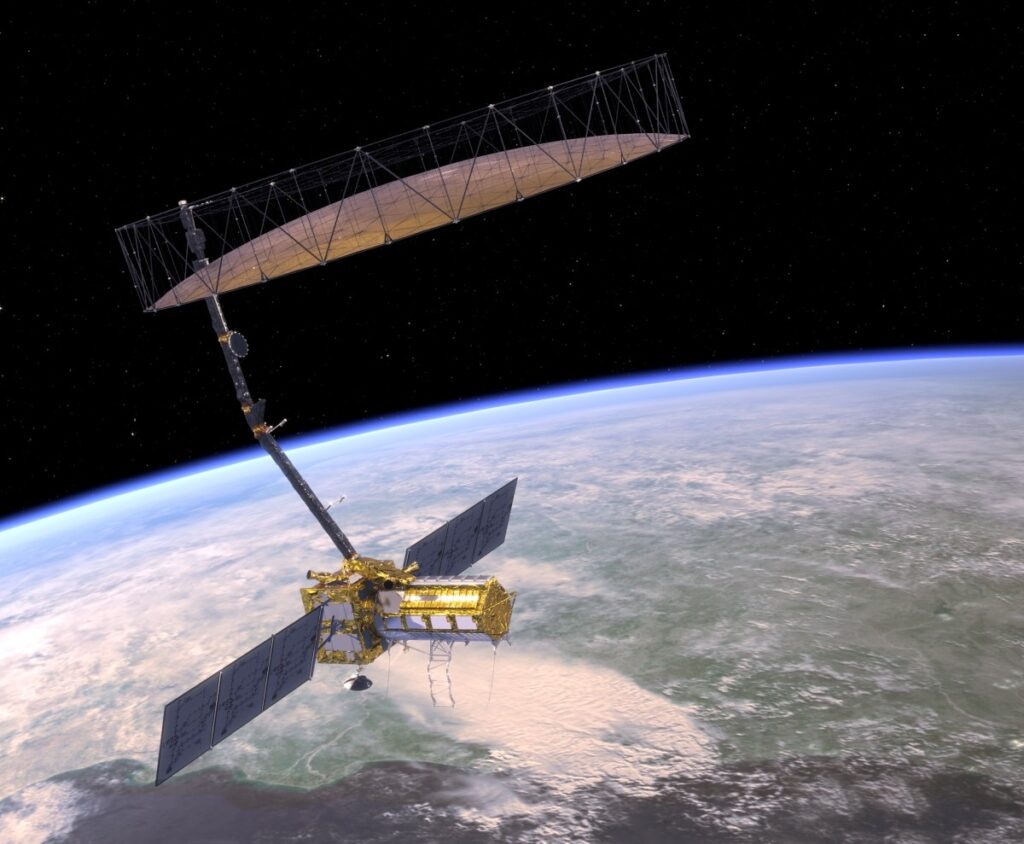NASA uses Cold Atom Lab in space for first time

NASA Space Technology A new study released on Tuesday examines the use of NASA’s Cold Atom Lab (pictured) on the International Space Station. File Photo courtesy of NASA
Aug. 13 (UPI) — For the first time, ultra-cold atoms have been used to detect changes in the surrounding environment in space, taking a step of revolutionizing how quantum science can be used.
A new study released Tuesday in the science journal Nature Communications, NASA’s Cold Atom Lab on the International Space Station measured subtle vibrations of the orbiting lab.
The team using the Cold Atom Lab made their measurements with an interferometer, a quantum tool that can accurately measure gravity, magnetic fields and other forces. Earth-bound scientists use the tool to study gravity and technologies to help aircraft and ship navigation.
Physicists hope using such technology in space will allow for longer measurement times and improve instrument sensitivity.
“Reaching this milestone was incredibly challenging, and our success was not always a given,” Jason Williamsthe Cold Atom Lab project scientist at NASA’s Jet Propulsion Laboratory, said in a statement. “It took dedication and a sense of adventure by the team to make this happen.”
Researchers said such precise measurements of gravity could benefit the understanding of dark matter and dark energy, which remains a mystery to modern science. Dark matter, which is an invisible substance, is five times more common than the matter used to make up the planets and stars.
“Atom interferometry could also be used to test Einstein’s theory of general relativity in new ways,” University of Virginia professor Cass Sackett, a Cold Atom Lab principal investigator and co-author of the study.
“This is the basic theory explaining the large-scale structure of our universe, and we know that there are aspects of the theory that we don’t understand correctly. This technology may help us fill in those gaps and give us a more complete picture of the reality we inhabit.”



 Hot Deals
Hot Deals Shopfinish
Shopfinish Shop
Shop Appliances
Appliances Babies & Kids
Babies & Kids Best Selling
Best Selling Books
Books Consumer Electronics
Consumer Electronics Furniture
Furniture Home & Kitchen
Home & Kitchen Jewelry
Jewelry Luxury & Beauty
Luxury & Beauty Shoes
Shoes Training & Certifications
Training & Certifications Wears & Clothings
Wears & Clothings
















